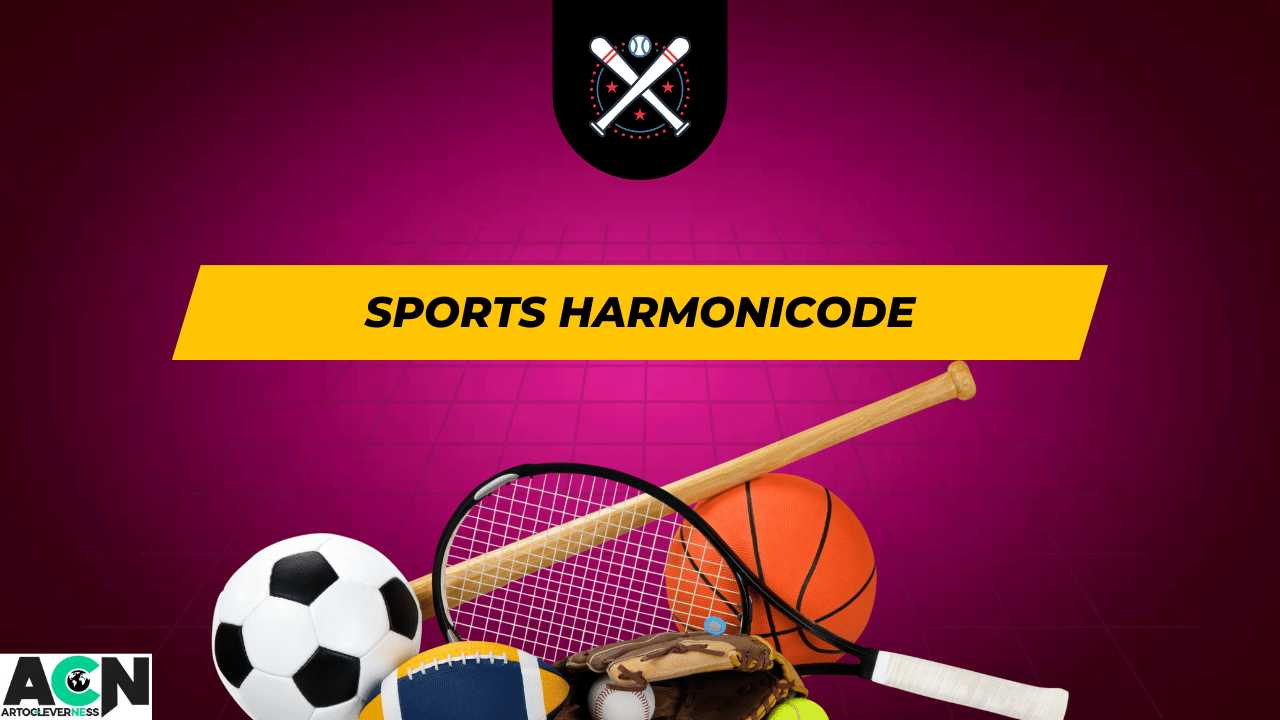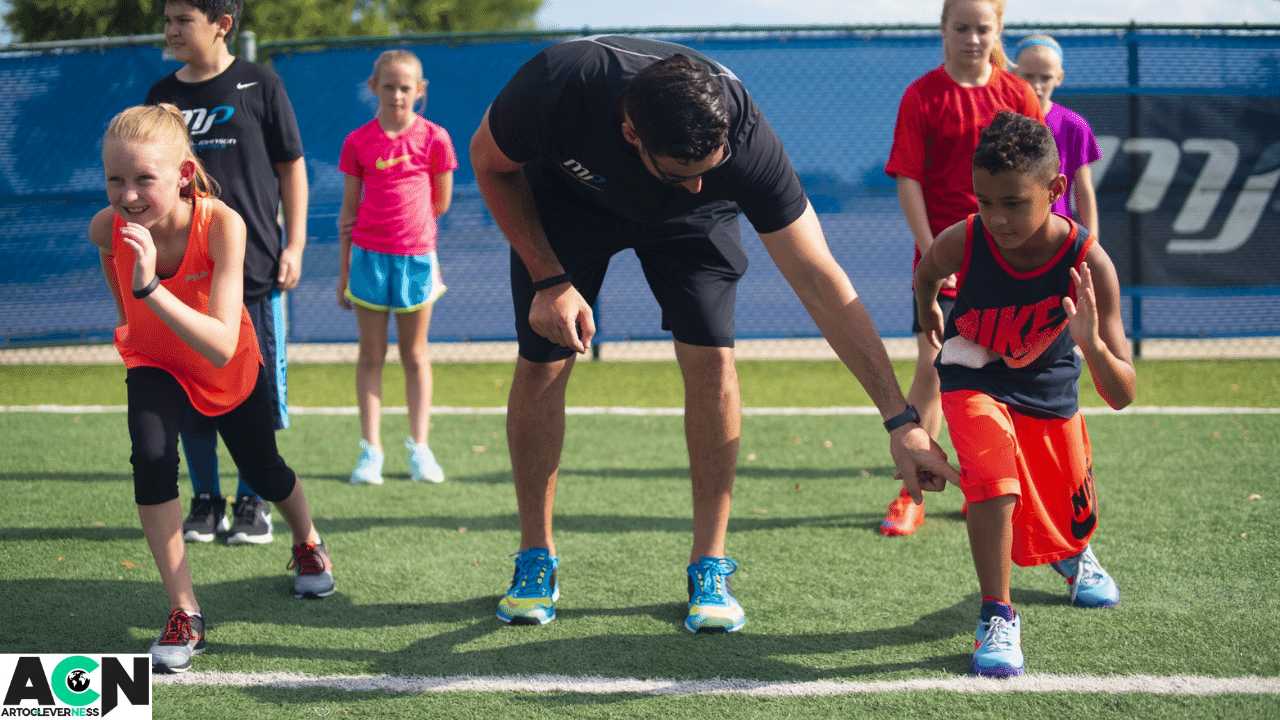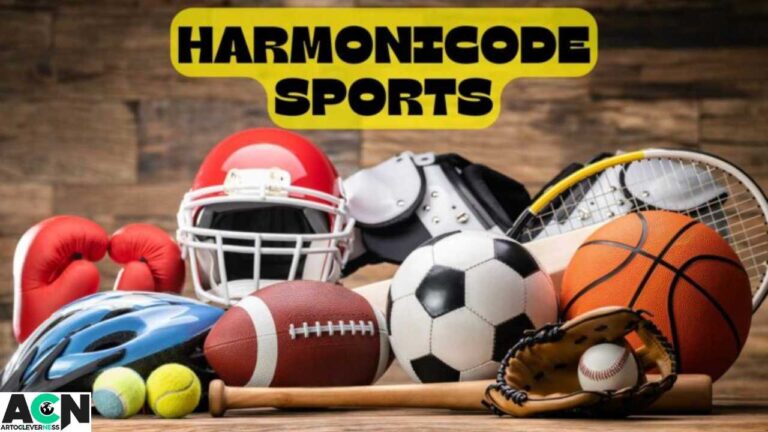When enhancing athletic routines, athletes usually face difficulty locating the right exercise techniques to improve their skills and stop damage.
Standard training methods may not be enough to optimize an athlete’s full possibility, making room for inefficiencies in training and performance.
This is where sports harmonic ode comes in. By using harmonic research, athletes can break down their activities into simple, effortless parts.
This scientific process permits more efficient training, more suitable coordination, and a decreased risk of damage, making it a game-changer for athletic growth.
To learn how sports harmonicode is revolutionizing sports and how you can apply it to your exercise, read on for a more in-depth dive into this cutting-edge strategy!
What is Sports Harmonicode?
Sports harmonicode is a concept in sports science that integrates mathematical models, physics, and harmonic analysis to enhance athletic performance.
It explores how the body’s activities, routines, and beats can be optimized to improve results in different sports. By concentrating on the fine-tuned synchronization between muscles and activities, athletes can gain more remarkable accuracy and efficiency.
The Science Behind Harmonicode in Sports
At its core, harmonicode uses harmonic analysis to break down complex movements into simpler waveforms. This permits trainers and coaches to determine inefficiencies in an athlete’s form.
Through this scientific research, they can deliver more targeted exercise that focuses on enhancing specific muscle groups or activities, making harmonious relations between all members of an athlete’s routine.
How Harmonicode is Revolutionizing Athletic Training
The application of harmonic mode in sports training is revolutionizing how athletes prepare for competitions. By using harmonic research, trainers can better evaluate an athlete’s biomechanics.
This results in more personalized training regimens, enhancing both routine and healing times. Also, harmonic ode presents a predictive measure for stopping damages, making it a vital tool in everyday sports activity.
Sport Harmonicode and Its Relation to Biomechanics

Biomechanics plays a critical role in sports harmonic mode. Biomechanics is the analysis of the mechanical rules used in human activity.
By combining harmonic ode with biomechanics, athletes can reasonably comprehend their actions and show an improved version.
Harmonicode helps decay complex movements into manageable parts, ensuring that each movement is efficient and aligned with the athlete’s overall performance goals.
Enhancing Performance with Harmonicode Sports Training
Athletes who train using harmonic ode principles often experience improved performance metrics. Harmonizing their movements allows for smoother transitions between actions, resulting in faster response times and increased stamina. Sports harmonic ode also helps athletes adapt to new techniques more efficiently, giving them a competitive edge.
The Role of Technology in Harmonicode Sports
Technology is a significant driving force behind the growth of harmonic ode in sports. Wearable gadgets, movement sensors, and AI-driven analytics devices permit trainers to grab data on athletes in real time.
This data provides harmonic research software that breaks down an athlete’s activities, helping coaches design specific activities to optimize implementation. As technology grows, so will the precision of harmonic mode.
Applications of Sports Harmonicode Across Different Sports
The principles of harmonic ode can be applied to various sports, from football to gymnastics. For example, a harmonic ode improves the coordination between an athlete’s footwork and ball handling in football.
In gymnastics, it focuses on refining the rhythmic precision of complex maneuvers. The versatility of harmonic ode makes it a valuable asset for athletes across disciplines.
The Future of Harmonicode in Sports Science
The future of sports harmonic ode looks promising, with ongoing advancements in both technology and sports science.
As data collection becomes more refined, harmonic ode will offer even greater precision in analyzing athletic movements.
The integration of AI and device knowledge will further improve its capacity to create predictive measures, allowing athletes to prevent injuries and optimize their workout programs.
How Coaches and Trainers Can Implement Harmonicode?
Implementing harmonic ode into coaches’ and trainers’ training programs requires a deep understanding of sports science and harmonic analysis.
Coaches should start by assessing their athletes’ movements using data-driven tools and then create a harmonic profile for each athlete. This profile will inform the training regimen, focusing on areas where improvements are most needed.
Key Benefits
One of the major benefits of sports harmonic ode is its ability to enhance training efficiency. Athletes who use harmonic ode experience better coordination, faster recovery times, and a lower risk of injury.
The scientific approach behind harmonic ode ensures that training regimens are based on empirical data, making them more effective than traditional methods.
Case Studies
Several athletes have already embraced harmonicode and seen significant improvements in their performance. For example, elite runners have used harmonic analysis to refine their stride and improve their overall speed.
Similarly, basketball players have used it to optimize their shooting technique, leading to better accuracy on the court.
Harmonicode and Injury Prevention in Sports
One of the most valuable aspects of sports harmonic ode is its potential to prevent injuries. By examining an athlete’s actions, harmonic ode can determine inequalities that may show strain or damage.
Corrective movement based on harmonic research helps athletes gain more level, efficient actions, lowering the risk of overuse injuries.
How to Get Started with Harmonicode in Sports Training?

For athletes looking to start with a harmonic ode, it’s essential to begin with a baseline assessment. This concerns working with a trainer or coach who comprehends harmonic research and can create a harmonic shape.
From there, the coach will create a personalized exercise program based on the athlete’s individual needs, concentrating on enhancing harmony in their actions.
The Connection Between Harmonicode and Mental Focus
While harmonic ode primarily focuses on physical movements, it also impacts mental focus. The precision required to harmonize movements often leads to improved concentration and focus, which can be a significant advantage in competitive sports.
Athletes who train with harmonic ode report feeling more in tune with their bodies, resulting in better mental clarity.
Challenges and Limitations of Harmonicode in Sports
Despite its benefits, sports harmonic ode does come with some challenges. The technology required for harmonic analysis can be expensive, and not all athletes have access to it.
Additionally, mastering harmonic ode requires a steep learning curve for both athletes and trainers. Regardless, as technology evolves more inexpensive and general, these rules are anticipated to decline.
Conclusion
Sports harmonic ode is poised to become a cornerstone of modern athletic training. By incorporating the principles of harmonic study with cutting-edge technology, athletes can open new classes of commission.
While the field is still growing, those who adopt harmonic ode now are able to stay ahead of the contest, helped by an improved version, injury prevention, and more significant general victory.
(FAQs)
What is the primary goal of harmonicode sports?
The primary goal is to optimize an athlete’s movements using harmonic analysis to improve performance and reduce injury risk.
How does harmonicode differ from traditional sports training?
Harmonicode focuses on the harmonious interaction between an athlete’s movements, while traditional training often targets individual muscles or techniques.
Can harmonicode be applied to all sports?
Yes, harmonicode can be adapted for almost any sport, as it focuses on improving movement efficiency.
What technology is used in harmonicode analysis?
Wearable devices, motion sensors, and AI-driven software are commonly used in harmonicode analysis to track and optimize athlete performance.
Is sports harmonic ode accessible to amateur athletes?
While currently more common among elite athletes, technological advances make harmonicode more accessible to amateur athletes.


